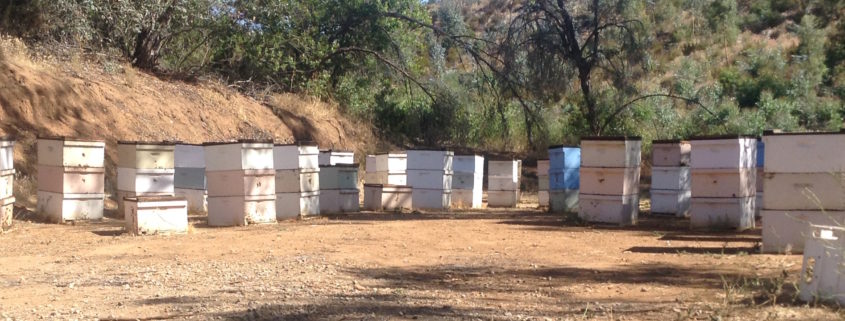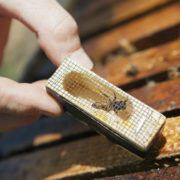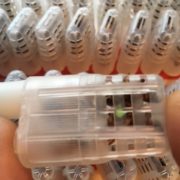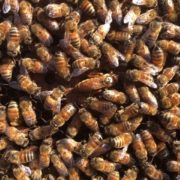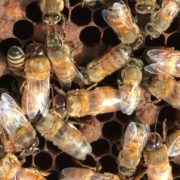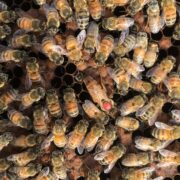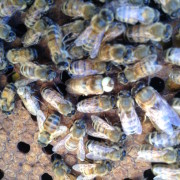Production Of Drone Honeybees
Over the course of her mating flights, each queen bee will mate with up to 15 drone bees. Most queen producers aim to create a scenario where at least 20 drone honeybees, and ideally many, many more, are readily available for each virgin queen bee when she heads out on her mating flights. When producing queen bees for sale in large quantities, it quickly becomes obvious that the queen producer is also in the business of rearing drone honeybees.
At the height of the swarming season, especially when nectar is abundant, nearly all bee colonies instinctually produce large amounts of drones. Bee colonies will go out of their way to produce drone comb for the queens to lay drone eggs into, ensuring a steady output of drone honeybees. During these times of abundant drones, queen producers have it easy, with plenty of drones available to get the job done!
However, what about when drones are not abundant? It doesn’t always rain here in Southern California. Our summers are dry. Under these conditions, bees are not always inclined to produce drones on their own. When this happens, the queen producer must intervene, and supplement queen mating with additional drone stock. Much like our local ski areas in Southern California that often need to make up for a shortage of natural snow by blanketing their resorts with “snow making machines”, Wildflower Meadows has a similar ability to supplement the natural supply of drones by blanketing our mating areas with “drone rearing machines.”
Our drone production yards, like the one pictured above, are maintained in strategically placed locations surrounding the various queen mating yards. These drone production colonies, stocked with strong and excellent stock, are fed weekly throughout the entire season, both with syrup and pollen supplement – regardless of weather or environmental conditions. These colonies never know anything but abundance, and probably have no idea that they are in the midst of a drought. Life for them is good! The queens inside these colonies are confined to the lower box, along with easily accessible frames of drone comb and more than enough food. With this irresistible enticement, they effortlessly produce massive amounts of drones. The result? An entire apiary full of “drone rearing machines” and thousands of drones taking to the sky every day.

